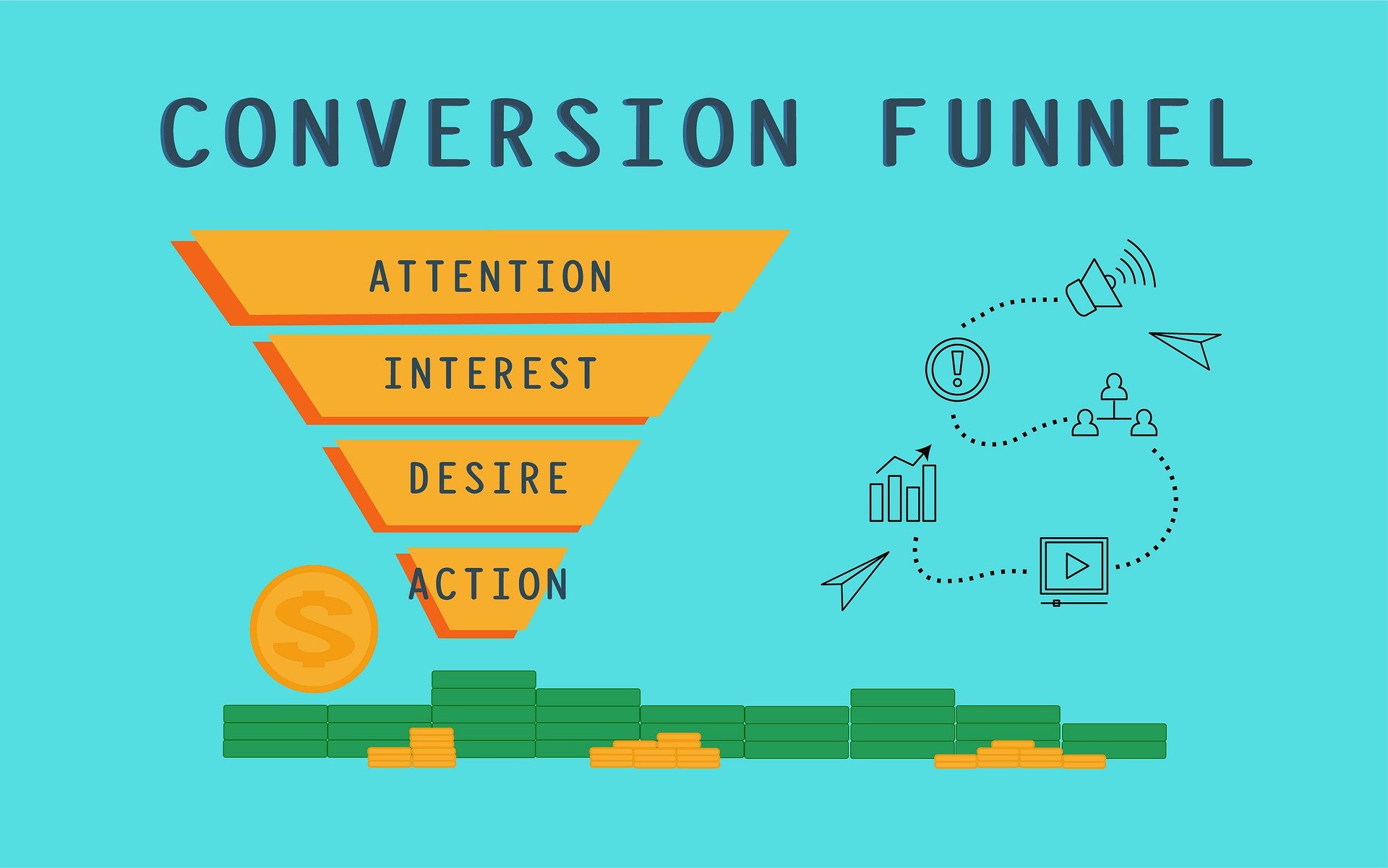The ability to communicate well is an important skill for any Product or Business Development Manager. This means, among other things, that you should be able to present about your solution fluently and to different stakeholders, who will require a different level of information.
A persuasive presentation not only requires thorough preparation of content, but also good style. It takes considerable skill to come across coherently for any particular audience and to stay in control of the situation. For this purpose, the following 7 tips may offer some guidance to help you on the way to delivering a memorable presentation.
- Show your Passion and Connect with your Audience
But time and again, the great presenters say that the most important thing is to connect with your audience, and the best way to do this is to let passion for your solution shine through.
Be enthusiastic and honest, and the audience will respond.
- Focus on your Stakeholders Needs
As you prepare the presentation, you always need to bear in mind what your stakeholders need and what they want to know, not what you can tell them.
Don’t show your homework, just because it makes you feel good.
- Keep it Simple: Concentrate on your Core Message
You should be able to communicate that key message very succinctly.
Always have in mind what are the core three points I want to get across?
- Start Strongly you have 3 minutes to impress
The first three minutes, as when you first meet someone, is so important to a presentation. So smile, make eye contact and make sure the first 3 minutes of the presentation holds the stakeholders attention. Make them laugh!!
Think of a story that is relevant at the start of the presentation which will hold the audience.
- Don’t use the presentation as a script
Don’t bore the audience by ‘Death by Powerpoint’. By all means use the presentation as a reminder, but do this in as fewer words as possible and use images if you can.
Remember you want your stakeholders to listen to you, not be deciphering what the slides are saying.
- Tell stories
The best presenters are raconteurs , who can tell a story about the subject and keep an audiences attention. We all relate to stories, we also remember things better through stories.
Make your story funny and about you.
- Relax and enjoy
Many people find it hard to relax and enjoy a presentation, but your body language and the speed you speak will have a major effect on the stakeholders perception if you know your subject and also if you can get a message across. Breath, and slow your delivery of the presentation down.
Remember you know more about your solution than your stakeholders









